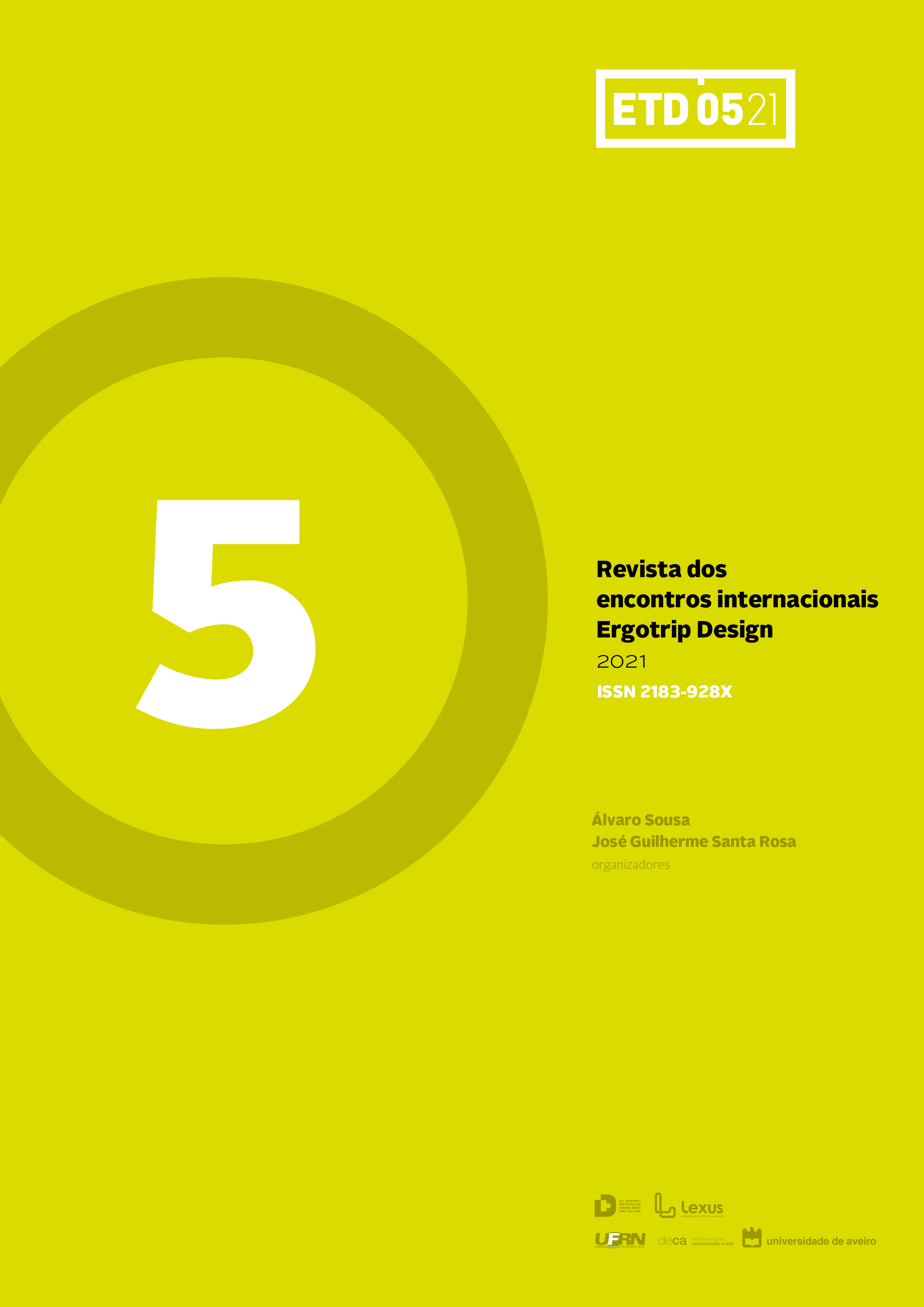Explorar o Património e a Cultura Visual Portuguesa. O processo de design e a narrativa visual
Resumo
Esta investigação exploratória de design tem o seu foco na relação entre a identidade cultural e social, e a homogeneidade de transições culturais nos domínios do legado e do património português nas antigas colónias. Como pesquisa alternativa visa reunir referências visuais e culturais sobre os artefactos na arquitetura e ornamentos gráficos, como parte de um sistema de identidade cultural. A estratégia envolve uma análise aprofundada da história e cultura local e a procura de uma identidade transversal nos domínios do património e legado português. Os mapas conceptuais na análise dos códigos culturais e visuais fazem parte do processo de investigação, como estratégia na criação de narrativas visuais da historiografia da cultura e identidade portuguesa nas antigas colónias.
O Design Participativo visa envolver as comunidades parte do processo cultural, histórico e social. As narrativas visuais contribuem para a visualização dos resultados e partilha de conhecimento. Pretendem ainda contribuir para a valorização do historiográfico das comunidades portuguesas e da sua diversidade, assim como, para a investigação através do design e para o design.
Pretende-se a divulgação e disseminação através de uma biblioteca digital em plataformas digitais ao serviço de organizações acadêmicas e culturais; através da publicação impressa e digital, através de filme documental e ainda através de exposições interativas em Portugal e antigas colónias.
Referências
DUBBERLY, H. (2009). How do you design? A Compendium of Models.
GARNER, S. (2008). Writing on Drawing. Essays on Drawing Practice and Research.
GIOGLIO, J. (2016). Infographics: The Power of Visual Storytelling.
GRAY, C. (2004). Visualizing Research. Mapping the terrain.
KUMAR, V. (2015). 101 Design Methods. A Structured Approach for Driving Innovation in Your Organization. Krun, R. (2013). Cool Infographics: Effective Communication with Data Visualization and Design. John Wiley & Sons, Incorporated.
Michel, R. (2007). Design Research Now. Essays and Selected Projects. Birkhäuser Basel · Boston · Berlin. Norman, D. (2004). The Design of Everyday Things. MIT Press Essential Knowledge.
SPINUZZI, C. (2016). The Methodology of Participatory Design.
WHITNEY, P. (2015). Design and the Economy of Choice. She Ji: The Journal of Design, Economics, and Innovation 1, no. 1: 58–80.
Direitos de Autor (c) 2021 Revista dos encontros internacionais Ergotrip Design

Este trabalho está licenciado com uma Licença Creative Commons - Atribuição 4.0 Internacional.





